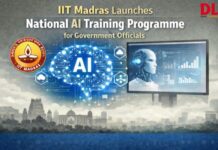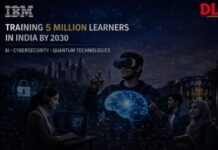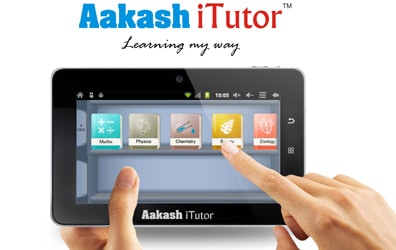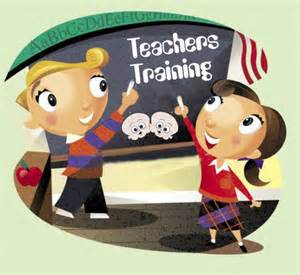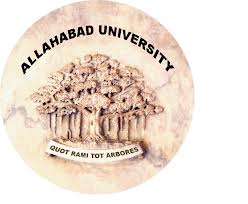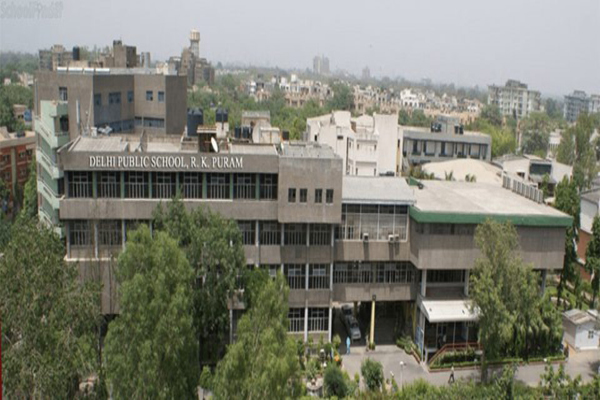Manav Rachna International University (MRIU) announces the accrediteditation by the New Zealand Qualification Authority (NZQA) an autonomous agency of Ministry of Education, Govt of New Zealand to offer degrees affiliated to Auckland Institute of Studies (AIS), New Zealand, in India. The University now offers a dual degree for two programs namely BBA-Global International Business and BSc Information Technology (IT). The students can now avail the opportunity to procure a foreign as well as an Indian University degree having studied in India.
With this global recognition, the students enrolled in BBA-Global International Business and B.Sc IT at MRIU will now be entitled for 100% credit transfers if they choose to migrate to AIS, New Zealand after completion of any year through lateral entry. The academic fee for these courses BBA-Global International Business is roughly 9 L per year if a student studies in AIS, New Zealand. But now Indian students can avail the same degree at academic fee of Rs 1.5 L per year if they study at MRIU. “We are committed to provide the best of exposure through various means to our students so that they develop as pioneers”, said Dr NC Wadhwa, Vice-Chancellor, MRIU.
This accreditation also entitles the MRIU students to get additional academic credentials in the form of Diploma in International Business/IT (Level 5/First Yr), Diploma in International Business/IT (Level 6/Second Yr), by AIS, New Zealand duly recognized by NZQA and is accepted all over the globe. “We are pleased to announce our association with AIS, New Zealand through NZQA and will be utilising this platform to enrich our curriculum through information and faculty exchange programs”, said Dr Anil Sarin, Dean Faculty of International Program (FIP), MRIU
NZQA award to Manav Rachna International University has opened new vistas for the students enrolled in the BBA Global – IB and B.Sc IT programs. Additionally, MRIU and AIS-New Zealand have signed an agreement for Faculty and Student Exchange and Joint Research Projects, to be able to provide global exposure to students.


